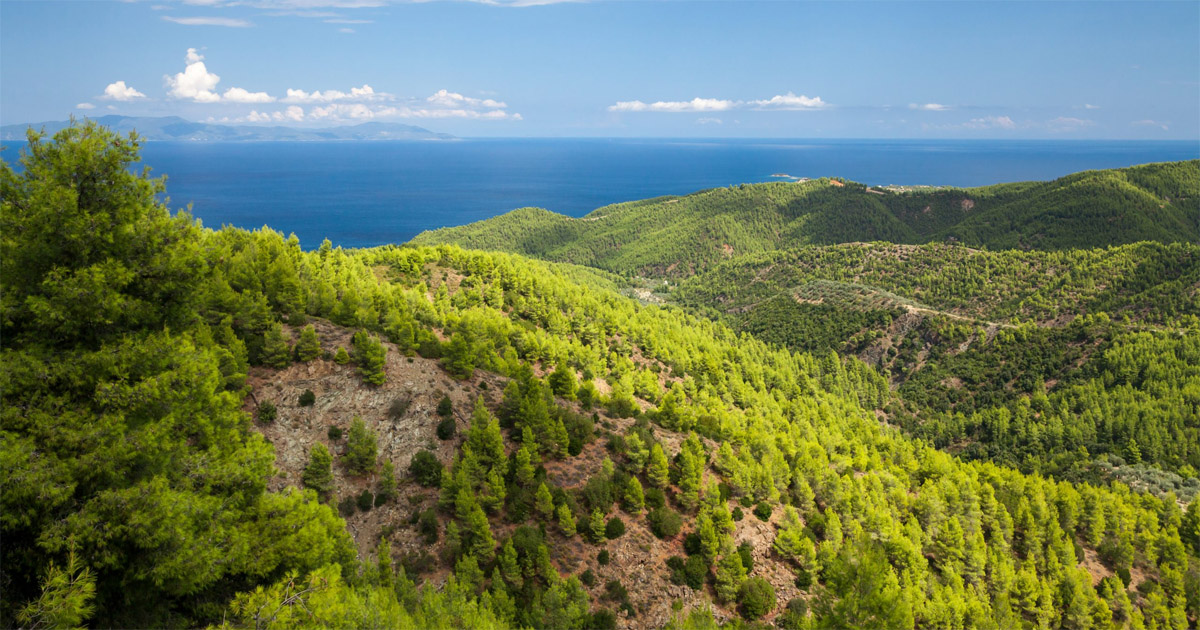This study aims to introduce the natural resource uses of Dayak Mentebah people of the village Nanga Dua, West Kalimantan. It is part of the project CoLUPSIA that focuses on reinforcing small stakeholder's rights. Furthermore, ecological data are collected to support the protection of Indonesia's species rich and vulnerable tropical forests, threatened through high deforestation rates. The local people's perceptions about their environment and land uses were assessed using participatory survey techniques: focus group discussions, scoring exercises, free lists of species and participatory mapping. To further record the traditional practices a survey was conducted on medicinal plants. The ecological assessment was done through survey plots in different land use units, where tree diversity and diameter at breast height was measured. The inhabitants of Nanga Dua are dependent upon forest products for food, material for construction, basketry, etc. Medicinal plants are integral part of the health-care system. The traditional, shifting cultivation creates a diverse and mosaic-like patchwork of various types of forests, having different successional stages. Tree diversity in the land-use units was generally high, with the primary forest in immediate proximity acting as tree species reservoir.
Download:
DOI:
https://doi.org/10.17528/cifor/005350
Score Altmetric:
Dimensions Nombre de citations:



















